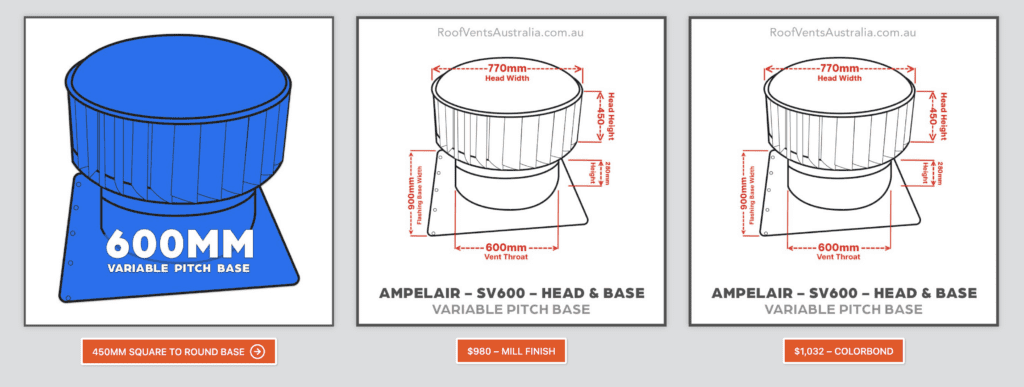Are Whirlybirds Effective? Advantages vs Disadvantages


Rain Heads Custom Made Shipped Free Australia Wide – Click Here >
Dambuster Rain Heads Shipped Free Australia Wide – Click Here >
Commercial Industrial Roof Vents 300mm-950mm – Click Here >
Eco-Friendly Roofing Insulation Shipped Free – Click Here >
Gutter Sumps Shipped Free Australia Wide – Click Here >
Whirlybirds, also known as roof turbines or turbine vents, are a common sight on rooftops around the world. These devices serve as passive ventilation systems, driven by the wind to extract heat and moisture from a building’s interior. The question that often arises is whether these devices are genuinely effective, and if so, under what circumstances. This article delves into the advantages and disadvantages of whirlybirds to evaluate their effectiveness.
Advantages of Whirlybirds
1. Energy Efficiency
Whirlybirds operate without electricity. They utilize the power of the wind to turn their blades and ventilate the space below. This makes them an eco-friendly and cost-effective solution for reducing the reliance on powered ventilation systems.
2. Low Maintenance
With few moving parts and a sturdy construction, whirlybirds typically require minimal maintenance. They’re designed to withstand the elements and can serve effectively for many years.
3. Reduces Heat Build-up
In regions with hot climates, attics and roof spaces can become unbearably hot. Whirlybirds assist in releasing this built-up heat, which can help in reducing the interior temperature of the building.
4. Prevents Moisture Accumulation
In addition to heat, whirlybirds also help in expelling damp air and moisture from attics and roof spaces. This can be particularly beneficial in preventing mold growth and timber rot.
5. Easy Installation
Most whirlybirds are relatively straightforward to install. They don’t require intricate wiring or connections, making them a quick addition to most roofing systems.
Disadvantages of Whirlybirds
1. Limited to Wind Movement
The primary limitation of whirlybirds is that they rely on wind to function. If there’s no wind, the ventilation will be limited. This can be a concern on still, hot days when ventilation is most needed.
2. Not Suitable for All Roof Types
While whirlybirds can be installed on many roof types, there are certain designs and materials where installation might be challenging or not recommended.
3. Potential for Leaks
If not installed properly, whirlybirds can be a source of roof leaks. It’s crucial to ensure that they’re correctly sealed and that the surrounding roofing material is appropriately finished.
4. Noise
In areas with high winds, the rotation of a whirlybird can produce noise. While this isn’t usually loud, it can be bothersome for some homeowners, especially if the device is near a bedroom or quiet area.
5. Aesthetics
Not everyone finds the appearance of whirlybirds appealing. Depending on the design and aesthetics of the building, a whirlybird might seem out of place.
Conclusion
Whirlybirds offer a passive, energy-efficient means of ventilating spaces, particularly roof areas and attics. They are especially effective in environments where there’s a regular wind flow. However, they do have limitations, such as their dependency on wind and potential noise generation. Like any ventilation solution, the decision to use a whirlybird should be based on the specific needs of the building, the climate, and the preferences of the homeowner. Consideration of both their advantages and disadvantages will help in making an informed decision.
